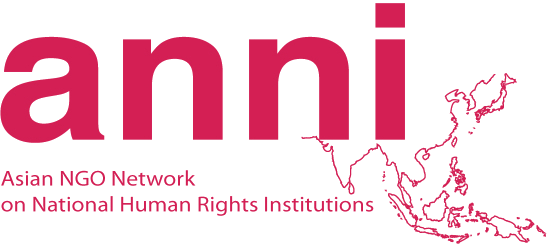Massive floods in Balochistan have affected more than two million Baloch people. With a history of marginalisation by the Pakistan government, the Baloch are on the receiving end of inefficient relief initiatives.
Massive floods in Balochistan have affected more than two million Baloch people. With a history of marginalisation by the Pakistan government, the Baloch are on the receiving end of inefficient relief initiatives.
High levels of rainfall and a cyclone in Balochistan over the past week have affected more than two million people. The relief activities by the Pakistan federal government have been criticised by civil society organisations as being slow and inadequate, highlighting the decades of neglect and marginalisation the Baloch people in Pakistan have experienced as a minority ethnic group.
To date, a total of 245 deaths have occurred while 5,000 villages have been endured massive floods, leaving people displaced, homeless and without electricity, shelter, food or water.1 Local communities allege that ground officials were not forthcoming on details surrounding the situation, including the status of the Mirani Dam which was perceived to be at the point of bursting. Baloch people have been marooned on high ground for days, without any amenities, while awaiting rescue operations. There is a further risk of disease epidemics as the water stagnates. In addition, all telecommunications lines have been destroyed and roads in and out of the area have become inaccessible. The Baloch people are, essentially, disconnected from the rest of the country.2
The Balochistan Coordinating Council (BCC), a coalition of 85 NGOs and community-based organisations, as well as South Asian Partnership Pakistan (SAP), stated in a news conference that the federal government has deliberately ignored the demands of the provincial government, opposition parties and civil society at large to convene a donors’ conference to rehabilitate the province.3 The people of Balochistan have been politically voicing their resentment against ill-treatment by the Pakistan government since its occupation in 1948. In response to socio-economic and political demands of the Baloch people, the state has often resorted to ruthless use of military power. It is against this backdrop that the anger and frustration of inadequate relief efforts by the government have been cultivated.
While the government has allocated 200 million rupees to relief activities, the BCC believe the amount is far too small. International donor agencies, including UN bodies, have initiated the desire to assist in providing resources and logistical assistance to the Baloch people affected by the floods, although it has been alleged by NGO groups that the Pakistan government is not allowing the international community to help.
According to the director of SAP, Mohammed Tehsen, the government is “politicising a purely humanitarian issue”4, evident in the inefficiency of relief activities and reluctance to accept foreign assistance. The consistent neglect of the Baloch people by the government of Pakistan has led to militant conflicts in the past and the mishandling of the current situation will only compound grievances.
See also: Pakistan: Military Regime’s Atrocities Against Baloch Peoples (in .pdf)
1 “Sindh, Balochistan flood tool reaches 245: NDMA head”, http://www.dailytimes.com.pk/default.asp?
page=2007%5C07%5C10%5Cstory_10-7-2007_pg7_30
2 “250,000 in distress: Turbat situation critical, Mirani Dam in danger”,
www.dawn.com/2007/06/28/top1.htm
3 “Balochistan ‘left hanging after the floods’”, www.dailytimes.com.pk
4 “Balochistan ‘left hanging after the floods’”, www.dailytimes.com.pk


